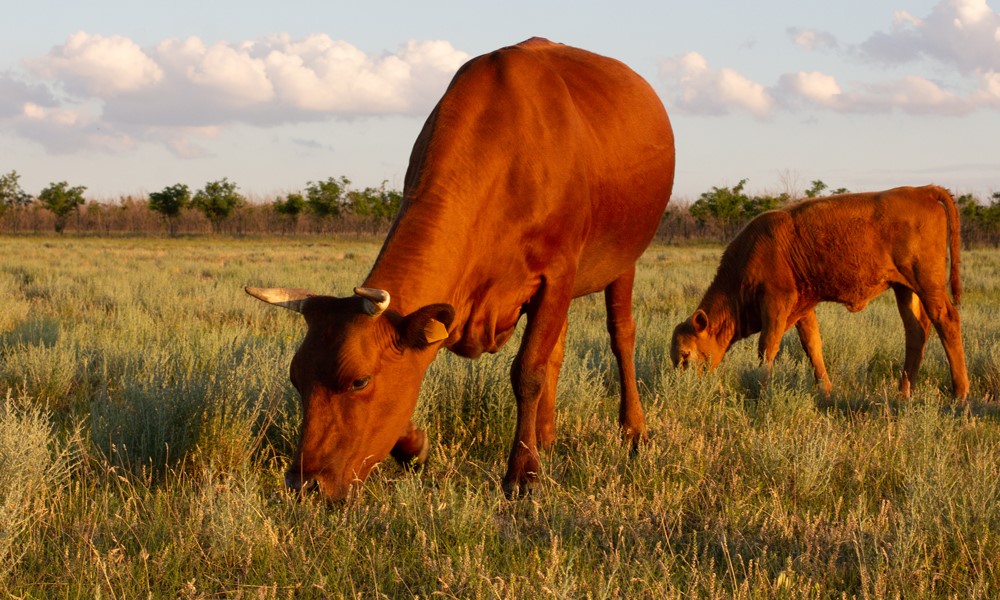8 Wildfire Safety Steps Every Farmer Should Know

Droughts are becoming more intense as the years go by. This is particularly true throughout the West, Southwest and Great Plains regions. That leaves an enormous number of American farms and ranches increasingly vulnerable to wildfires.
Wildfires are a true force of nature and it’s impossible to entirely prevent their negative impacts. However, there are actions producers can take to prepare their operations for the worst.
Here are 8 steps farmers can take to prepare themselves for potential wildfires.
1. Create fire breaks
Fire breaks are created by firefighting crews during wildfires to try and prevent the flames from spreading. But it’s easier to create a firebreak before the conflagration is bearing down on you.
Farmers can plan ahead by mowing, grazing or plowing a 10-meter barrier around their valuable assets such as crops, structures, fences, etc. Essentially anything worth protecting can benefit from a preemptive fire break.
2. Minimize fuel sources
Keeping grass short will reduce the amount of fuel the fire can feed on. Again, mowing and grazing are highly effective for this.
It’s also important to keep debris and potential fuel away from valuable assets. This includes wood piles, brush piles, haystacks and silage piles.
3. Keep an eye on hoses and pumps
To ensure firefighting equipment is ready to serve in case of an emergency, it must be regularly monitored and maintained. Old, leaky hoses or aging pumps are likely to fail right when they’re needed most.
It’s also important that access to this equipment is kept clear. That includes keeping combustible materials well away. A hose isn’t much use in a fire if the path to it is already blocked by flames.
4. Clear access for emergency crews
There’s always a lot happening in agricultural operations, and keeping a wide-open path for a firetruck isn’t always easy. But having clear and easy access for firefighters and their vehicles can be the difference between saving the farm and watching it go up in flames.
5. Plan for the animals
For operations with livestock, having an escape plan for them is essential. Moving them to a ploughed field or heavily grazed paddock will reduce the chances of fire reaching them. If you have enough warning, your county may also establish a livestock shelter that you can bring your animals to.
6. Store flammables and chemicals correctly
Agricultural operations tend to have plenty of flammable materials and chemicals in stock. It’s just part of doing business. If these materials aren’t stored properly and fire reaches them, it can lead to catastrophic (and potentially explosive) results.
Keep these materials in fire-retardant storage, and keep that storage secured and away from heat sources. If you have the time when a wildfire is approaching, these materials should be completely removed from the premises.
7. Update old structures
Many rural farmsteads are beloved for their antique charm. However, some of the older-style building materials lending that charm are also serious liabilities during wildfires.
Wood shingle roofs provide no protection from airborne embers. Replace them with metal or asphalt, which won’t ignite and are more resilient over time. Also, stucco or brick exteriors do better than wood or vinyl and tempered or double-pane windows do better than single-pane windows.
Finally, enclosing decks, vents and eaves helps prevent fire from spreading into nooks and crannies. Screen-in vents and eaves and enclose below-deck spaces. Use fire-retardant materials for deck enclosure to further mitigate risk. If enclosing a deck isn’t feasible, lay down rock or gravel and remove stored materials.
8. Thin trees
Keep trees well-thinned within 30 meters of any structure. The branches or crowns of the trees should be at least 3 to 6 meters apart.
We sincerely hope none of our banking partners’ producers ever face the devastation of a wildfire. But we’re here for them if they do in the event of a catastrophe. Speak to a Relationship Manager today to learn more about what it means to have a true partner in Agri-Access.
